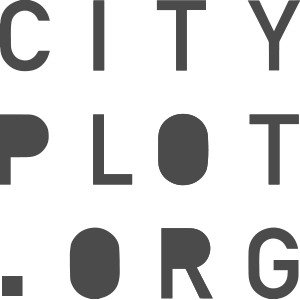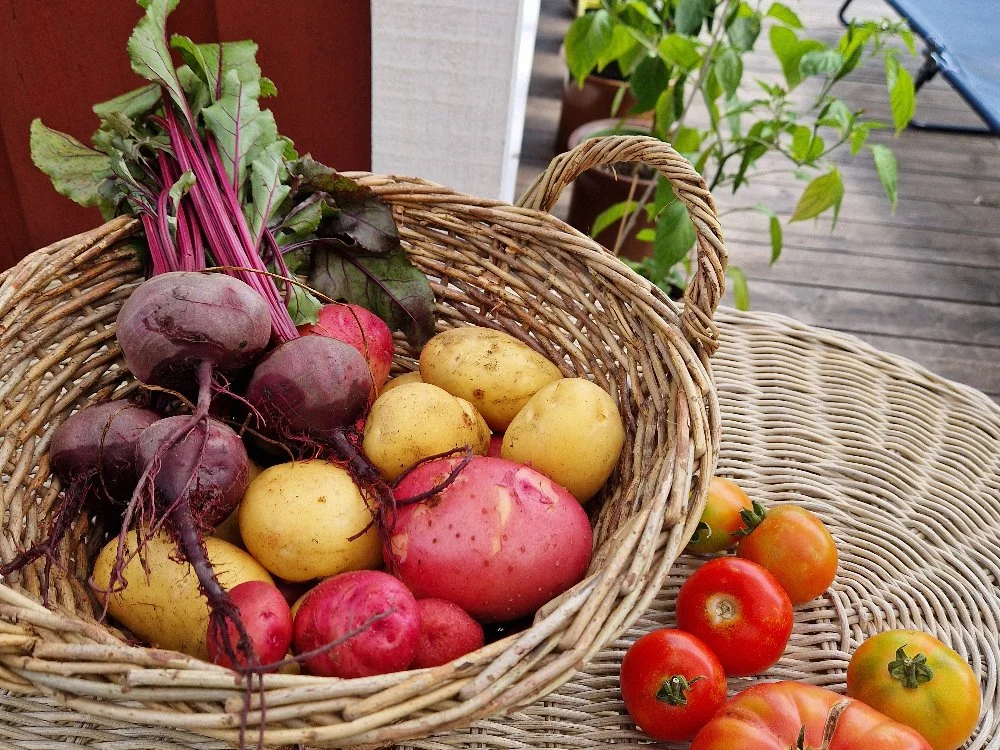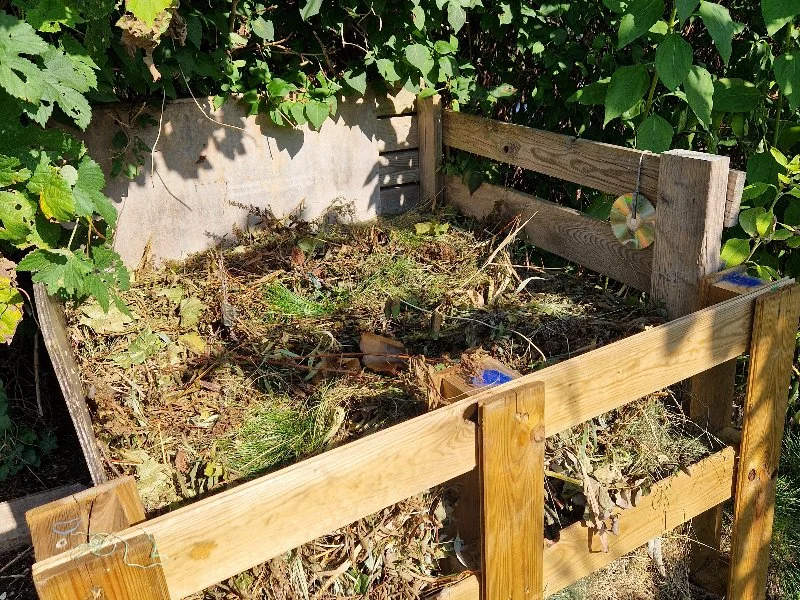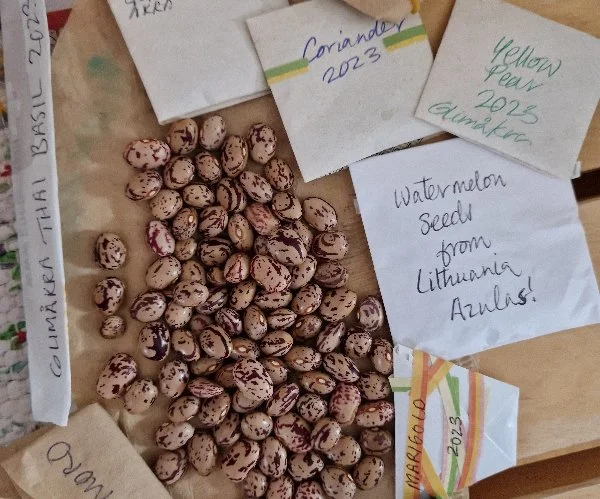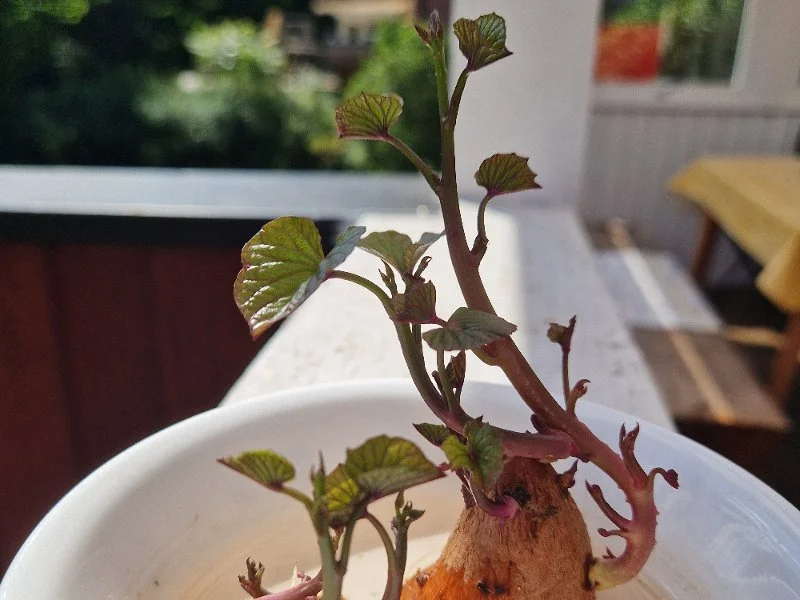Grow with us -2
The zero-budget garden
Many times I’ve heard people complaining about how expensive gardening is but there are ways to spend no money and still grow a bountiful edible garden..
There is no doubt that buying soil is expensive, and that seeds, once the least expensive way to start off plants, are increasing in price every year. Then there are containers, watering systems, seed starting pots, lighting, self watering containers, tools and never even mind buying plants! All these materials are indeed very costly and gives gardening and farming the reputation of being some sort of elite enterprise. Garden and landscaping TV shows do nothing but perpetuate this idea. Let’s just take a step back and ask ourselves: does one really need to buy all these things to grow a beautiful, soul filling garden?
How did we do it in the first place? How did we feed ourselves in the past? Didn’t we grow vegetables in the dirt, didn’t we keep chickens in the backyard, didn’t we forage for mushrooms and berries and medicinal herbs? Our ancestors did all this when places like garden centres didn’t even exist and we can certainly be as resourceful today. Does this mean we have to go back to living subsistence lives of hard labour, scratching sustenance out of rocky earth just to save money? I do secretly want to but of course not! We need to re-learn a few almost lost skills. It’s not exactly simple or convenient but something that’s possible if you do it step by step.
The biggest barrier in most people’s minds is the idea that the most expensive part of gardening is the garden itself. So you don’t have any land? Well, let’s start with what you do have: even without a big piece of land, you can have a garden. My colleagues and I can teach you how to grow in everything from a terrarium to a balcony to a full-blown market garden. Growing a garden does not necessarily have to be a private undertaking, joining or starting a community garden or applying for an allotment is also a great way to have a garden without owning land. So, yes, land may be costly but you don’t have to buy any!
Starting small and taking it step by step makes it easier. Once you learn how to grow a garden, and when gardening becomes a life priority, moving to an area where the most expensive roadblock: land, suddenly zooms into the realm of the possible. I have done this by moving to Sweden because among other reasons, land was more affordable than in the Netherlands.
Our compost bin made from used pallets
Making your own compost is key to a zero-budget garden because you will otherwise have to buy it or suffer the disappointment of plants that are not vigorous and healthy. It is absolutely necessary and luckily free to make.
Compost
Compost is organic matter broken down to its final and smallest components. Billions of bacteria, yeast, fungi and other microbial life result from letting your kitchen and garden waste rot in a big pile. Their secretions hold the whole crumbly, fragrant magic substance called humus together. Humus is the plant builder. Again, a bit of patience will give you this free plant food. When you set up your garden, before you make beds, sow seeds or plant bulbs, make a compost pile. Even if all you have to start with is carrot peels, tea bags and twigs, compost is absolutely number one on your zero-budget resource list.
Save your own seed every autumn , then grow, gift and trade them
Seeds
Saving and swapping seeds is something once taken for granted but now almost a forgotten skill. If we can save a portion of the seed from one year’s crop to sow the following year, we can eliminate one expense. The simplest seeds to save are tomatoes, peppers, spinach, radish, onions, corn, beans and kale. With staples like potatoes we can overwinter a few tubers to plant again in the spring once the soil warms up. How to collect, store and prepare for re-sowing and planting are not difficult skills to learn if you start with a few varieties of vegetables, so as not to overwhelm yourself. Slowly we can add to our repertoire of skills and start adding more complexity and variety. If you can save some extra seeds, you can swap for others. Nature is abundant; one tomato gives you more than you’ll ever need for the next few years!
So swapping extra seeds and seedlings with friends, neighbours and others in your local community is the best way to expand your plant supply. This can be small and simple like friends meeting for coffee or an organised city-wide event like the Farmsterdammers seedling swap in Amsterdam or joining a social media group dedicated to seed and plant swaps. The first year I set up my garden in Sweden I dug up a huge bed of hostas to make a herb spiral. I announced a give away in a local Facebook group painstakingly expressed in my newly acquired Swedish vocabulary and was soon rewarded by a lovely woman turning up with some lovage to exchange. Lovage/ lavas/ libbsticka is a hard to find perennial herb and we both felt we got the better deal!
Soil
By far the biggest expense for most people when it comes to gardening is soil. This is especially true if you are gardening in containers on a balcony or roof terrace. It’s also an expense you can avoid.
Garden soil
Even those with in-ground gardens seem to have an inexplicable need to buy soil or compost when they already have soil under their feet. An option is to assess the soil you have and make it more fertile with mulching and compost. If you have a garden, you have soil. Under the tiles, or extremely compacted or fried by years of chemical fertilizers, or just natural clay or just sand. Even if it's not perfect, it is usable and repairable. This work requires patience for sure! A zero-budget garden is never going to be an instant garden.
Container soil
All the soil that you already have had plants in, even dead plants, is reusable. It just needs a bit of refreshing with homemade compost, dried leaves and maybe sand. Molehills are a good source of nice, crumbly, ready to use soil. To make it lighter, you can mix it with either old potting soil or very finely broken dried leaves. You do not have to buy vermiculite or those little terracotta balls, but if you do, they are endlessly reusable. If you have no soil at all, the alternative to buying soil is to go to a somewhat rural road construction site and get some. I’m always astounded by the amount of fertile soil that road works dig up. Mountains of it.
How can we make our own potting soil? Here is a link to a video I made on the subject.
Re-growing sweet potatoes to make slips, which will be rooted and planted in a warm area in the garden
Making plants from plants
Most perennials can be divided into several new plants, and are healthier for it. Rhubarb, lovage, comfrey and borage can all be divided easily. Strawberries can be divided too. Cutting off the runners as early as possible is best but if you miss some and they grow into small plants, cut and replant in a pot for swapping. Herbs that grow well from cuttings are sage, rosemary, mint, basil, lemon balm and thyme. The softer cuttings can easily be rooted in water and the woodier ones in some moist soil covered with a cloche. Growing some extra seedlings for sale or swaps is also a great way to expand your garden.
Recently we have been grafting different apple varieties onto our apple tree. That’s another free way to add some variety and biodiversity to your garden. Investing in learning skills rather than buying stuff can go a long way.
Found and thrifted containers can save you a lot of money. It’s important to make sure to drill holes in the bottom before sowing or planting in them. Pictured above are microgreens growing in reusable plastic food containers. These are great for offseason gardening; winters in the temperate zones or during monsoon season in the tropics.
And finally the zero-budget edible garden gives you zero-budget delicious food. Learning to preserve your harvests using fermentation, pickling and preserving techniques saves money on your food budget. Again you do not need expensive equipment. The hard work you put into making your own delicious and nutritious kimchi or sauerkraut will keep you healthy. These homemade products also make great gifts.
Here is our tried and tested recipe for traditional Korean kimchi. (Link)
All of these ideas for a zero-budget garden stem from two permaculture principles. 1. Use small and slow solutions and 2. Use and value renewable resources. These principles are also connected to thoughts behind the slow food movement and the gift and barter economy. Let us know if any of these ideas resonate with you in the comment box below.
by Suzanne Oommen
Gardener, teacher and Cityplot Sweden coordinator
